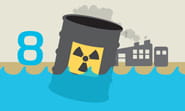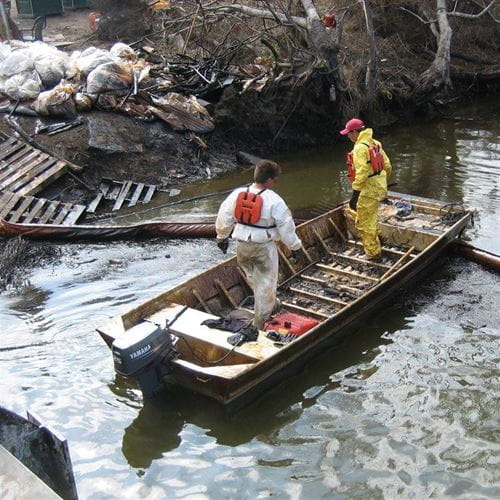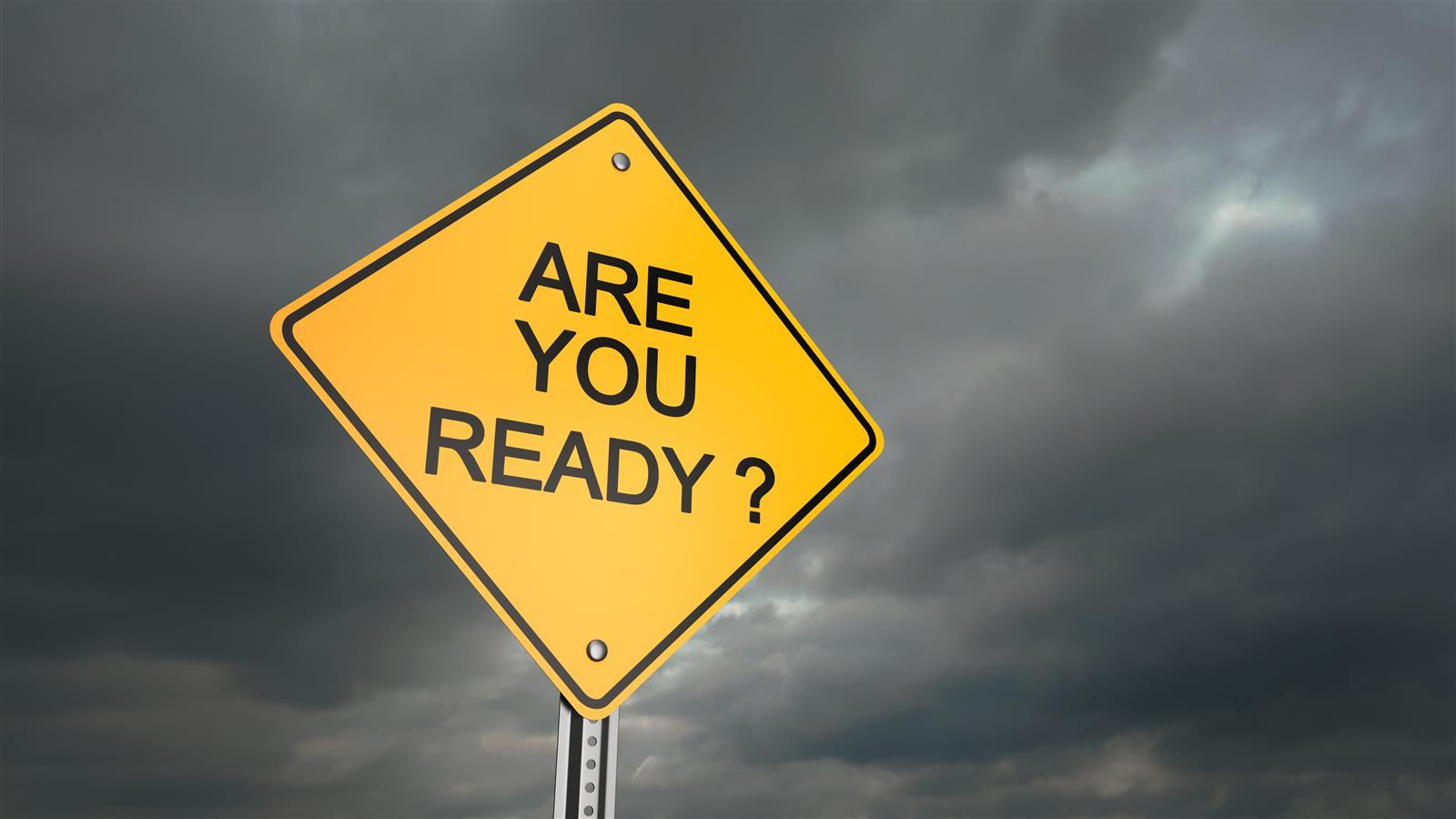10 Steps to Disaster Preparedness
Insight
10 Steps to Disaster Preparedness
Firas Makarem
Director, Program Services Group
Citizens, businesses and communities can prepare before disaster strikes.
Disasters affect millions of people each year on a personal, business, local community or national level. The golden rule for successful disaster management at all levels is to increase awareness, develop actions plans and practice them. Waiting for a disaster to take place is not the right time to plan. Communicating and building relationships with those around you, whether they contribute actively to the plan or are dependent on it, will have the most significant and positive affect in determining your resiliency throughout an event. Below are 10 actions to keep in mind when planning to mitigate disaster and resources to help prepare.
 |
Be ready at home—Prepare, plan and practice. It is important for individuals and families to increase their awareness, get educated, engage in preparedness conversations and stay informed. Visit ready.gov for toolkits and downloadable emergency plans. |
|
 |
Be ready at work—Does your office have an emergency and evacuation plan? Have you communicated it? How do you stay in contact with local authorities to determine what to do? Answering these questions are detrimental to dealing with disaster. |
|
 |
Know your community’s vulnerabilities—Understanding what types of disasters are most likely to affect your location will help inform your plan. Enter your zip code to discover the potential risks you face. |
|
 |
Learn about agencies and roles—Preparedness is a shared responsibility among all U.S. government agencies. The U.S. Federal Emergency Management Agency (FEMA) website has information about how these agencies can help you prepare effectively. |
|
 |
Find mitigation funding—A number of grant programs exist to fund disaster mitigation activities, reduce losses and protect life and property from future disaster damages. Review FEMA’s hazard mitigation assistance website for more information. |
|
 |
Conduct a risk assessment—Conduct a risk assessment to identify potential hazards and consequences and follow through with action to mitigate risks.
|
|
 |
Inform your plan with statistics—Did you know that the most recurring and expensive disaster is flooding? Reduce disaster risks and build resilience by understanding key data. |
|
 |
Plan for all types of risks—Emergencies are not all related to natural hazards. Some are man-made (e.g., fires, industrial or transport accidents, oil spills, explosions). It is important to be prepared for all possible risk scenarios. |
|
 |
Understand continuity of operations (COOP) —COOP describes the stability of essential functions in a community or business. Know what these function are, who performs them and what they require to operate during and after a disaster. Learn more at FEMA’s website. |
|
 |
Research Non-governmental organizations (NGOs)—NGOs are key to every community’s preparedness, assisting with disaster response and recovery. Learn more and get involved by visiting the American Red Cross and Citizen Corps. |

Communicating and building relationships with those around you will help determine your resiliency throughout a disaster.
Related Capabilities

Helping FEMA with Natural Disaster Recovery
A joint venture between CDM Smith and Jacobs Engineering Group, the CCPRS team provides aid in the wake of major disasters to state and local governments.







